Neu 2025

Μιχάλης Α. Τιβέριος / Michalis A. Tiverios, Η Ακαδημία Αθηνών αναζητεί την προμήτορά της / He Akademia Athenon anazetei ten prometora tes(Ακαδημία Αθηνών, Εκδόσεις Κέντρου Ερεύνης της Αρχαιότητος. Σειρά Μονογραφιών 10)Athens 2025ISBN 978-960-404-443-6128 S./pp., zahlr. S/W-Abb./num. b/w-figs., 27 x 2 cm; broschiert/softcover

N. Eda Akyürek Şahin – Roman Jacobek – Fatih Onur – Diether Schürr (Hrsg./eds.),Von Damaskus bis Rom. Wilhelm Müseler, Gesammelte Schriften.(Gephyra Monographs 7)Wien 2025ISBN 978-3-85161-320-9722 S./pp., zahlr. S/W-Abb. / num. b/w-figs., 29,7 x 21 cm; kartoniert / hardcoverDer Band "Von Damaskus bis Rom" versammelt 25 Beiträge des Numismatikres Wilhelm Müseler in deutscher und englischer Sprache, die in den Jahren 1990 bis 2025 erschienen sind sowie einen bislang unpublizierten Aufsatz.The volume “From Damascus to Rome” brings together 25 articles by numismatist Wilhelm Müseler in German and English, published between 1990 and 2025, as well as a previously unpublished essay.Bis 31.12.2025 gilt der Subskriptionspreis in Höhe von 99 €.The subscription price of €99 is valid until December 31, 2025.

Die frühneuzeitlichen religiösen Medaillen und Anhänger aus den archäologischen Grabungen am St. Pöltner Domplatz(Wissenschaftliche Reihe des Stadtmuseums St. Pölten [WISP], Band 3)St. Pölten 2025ISBN 978-3-9505220-5-1244 S./pp., zahlr. Farb- und S/W-Abb./num. colour and b/w-figs., 29,7 x 21 cm; broschiert/softcover
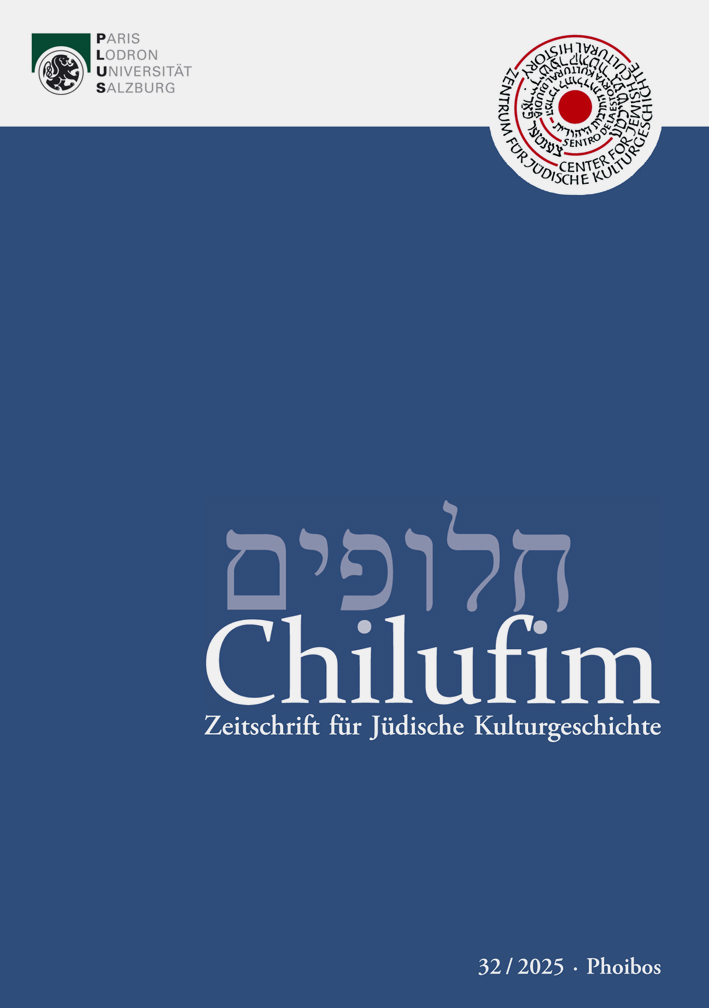
Chilufim. Zeitschrift für Jüdische Kulturgeschichteherausgegeben vom Zentrum für Jüdische Kulturgeschichte der Universität SalzburgBand 32, 2025Themenheft „Geschichte(n) erzählen. Klio und Kalliope in der jüdischen Geschichte Zentral- und Osteuropas“ Hg. von Martina Niedhammer und Olaf TerpitzISSN 1817-9223ISBN 978-3-85161-327-8III + 139 S./pp., 21 x 14,8 cm; broschiert/paperbackAuch als E-Book erhältlich
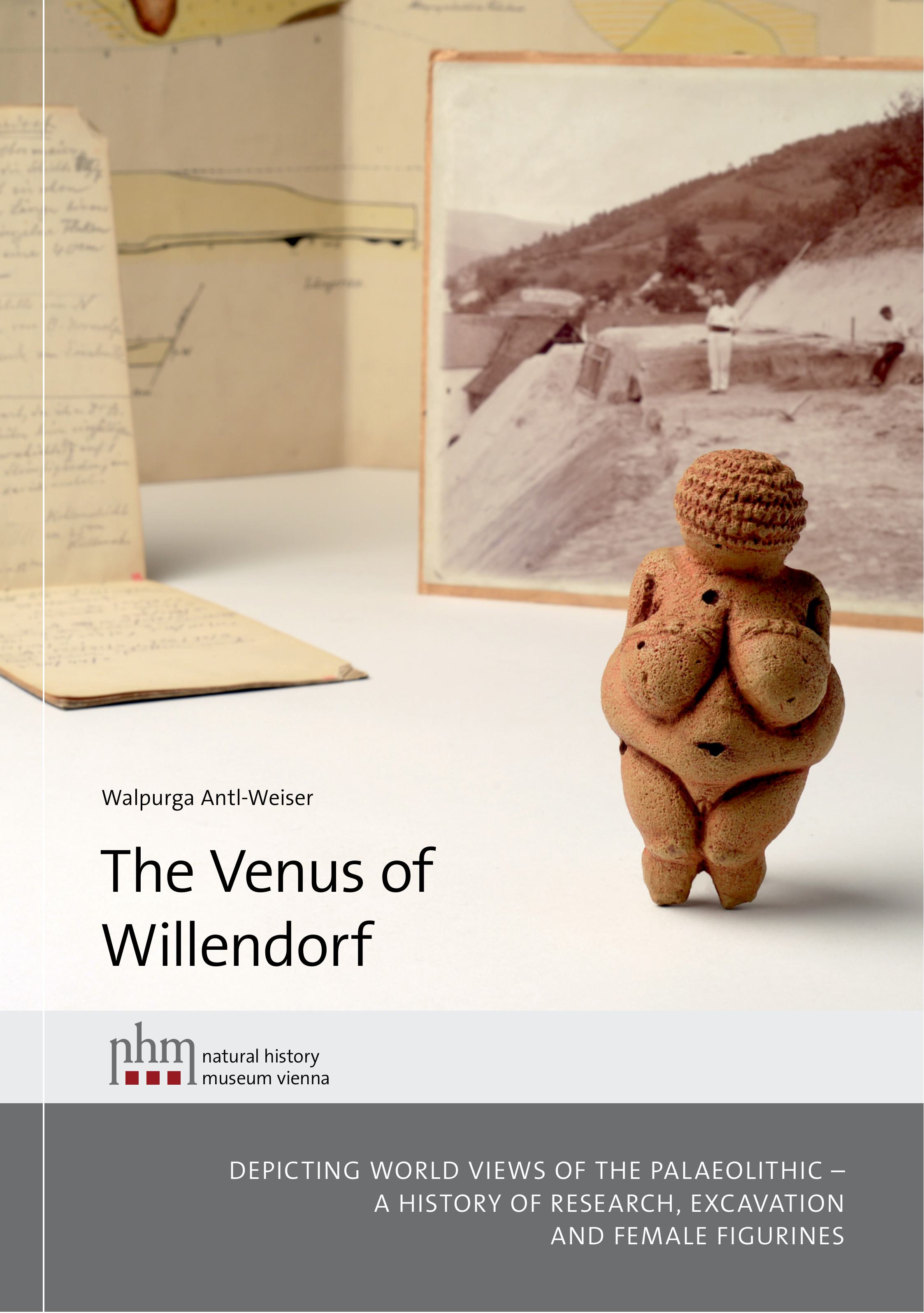
Walpurga Antl-Weiser,The Venus of Willendorf.Wien 2025ISBN 978-3-903096-49-3200 S./pp., zahlr. Farbabb./num. colour figs., 27,5 x 19,5 cm; broschiert / softcoverThe Willendorf figurine was found in 1908 during an excavation of the Natural History Museum Vienna under the direction of Joseph Szombathy, Hugo Obermaier, and Joseph Bayer. The first well documented Palaeolithic figurine soon became an icon of Palaeolithic art. Recent analyses unveiled the possible origin of the raw material and the production process of the sculpture. The Venus of Willendorf and other Palaeolithic figurines reflect a network of communication across Europe, from France to Russia. Worshiped ancestors, mothers, or mythical beings? Although we will never know their exact meaning and function, the recurrent combination of different types of female figurines and animal sculptures are a testimony of past human thoughts. The figurines could be seen as protagonists in legends told around the fireplaces of Palaeolithic camp sites more than 30,000 years ago.

Ali Yaşar – Sedat Akkurnaz – Salih Soslu (eds.), Harpasos Vadisi Araştırmaları 1 – Harpasos-Harpasa-ArpazIstanbul 2025ISBN 978-605-396-584-8520 S./pp., zahlr. S/W-Abb./num. b/w-figs., 26,5 x 18,5 cm; kartoniert/hardcover
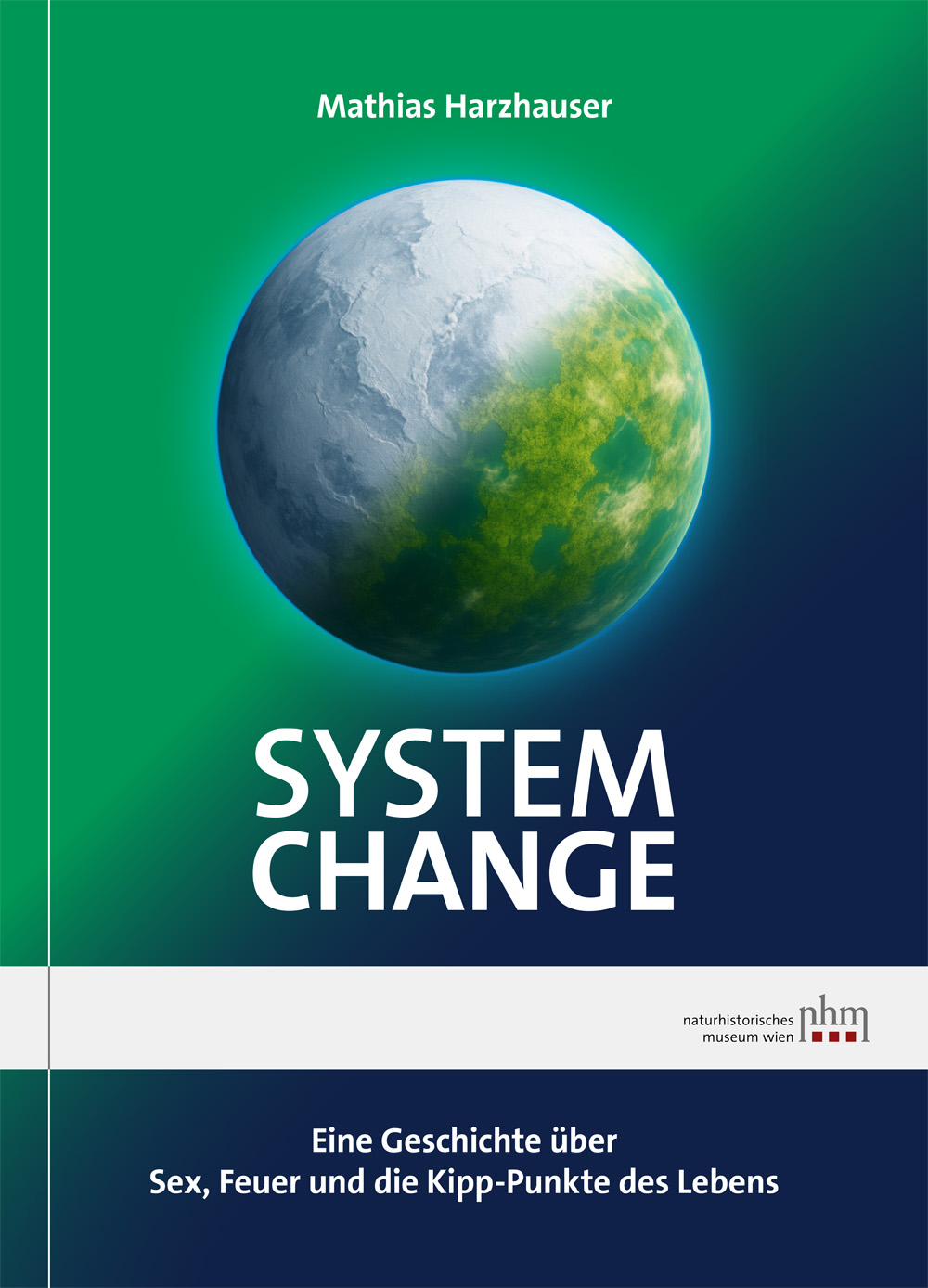
Mathias Harzhauser, System Change. Eine Geschichte von Sex, Feuer und den Kipp-Punkten des LebensWien 2025ISBN 978-3-903096-83-7168 S./pp., zahlr. Farbabb./num. colour figs., 24 x 17 cm; broschiert/softcover Die letzten 3,8 Milliarden Jahre lang war die Geschichte des Lebens ein wilder Ritt. Eine absurde Abfolge aus Scheitern, Neustart, Innovation und gefährlichen Kipp-Punkten. Alles immer in einem Spannungsfeld zwischen »hausgemachten« geologischen Prozessen, tödlichen Bedrohungen aus dem All und den durchs Leben selbst ausgelösten Kaskaden an positiven oder negativen Feedback-Mechanismen. Überraschend oft hat die Erde ihr Aussehen grundlegend verändert. Sie hatte schwarze und violette Phasen, verwandelte sich in einen riesigen Schneeball und wurde zum tödlichen Wüstenplanet. Die wahren Herrscher in diesem Spiel: Mikroben! Sie haben die frühe Atmosphäre vernichtet, die Meere für Milliarden von Jahren wie mit Leichentüchern verhüllt und sogar Eiszeiten ausgelöst. Zugleich schufen sie die Grundlagen für die Entwicklung des höheren Lebens. Bücher über die Geschichte der Erde und über die Evolution des Lebens gibt es viele, doch noch in keinem wurde so kompakt und umfassend hinter die Kulissen des »Systems Erde« geblickt. Dabei vermittelt das Buch das nötige Rüstzeug, um sich auch mit möglichen Zukunftsszenarien des Planeten zu beschäftigen. Werden die Korallenriffe im sauren Meerwasser zugrunde gehen, weil sich das CO² der Atmosphäre wie vor 250 Millionen Jahren im Wasser löst? Oder wird das Methan der Kontinentalhänge schmelzen und wie vor 56 Millionen Jahren ein geologisch kurzes, aber für die Biosphäre verheerendes Supertreibhaus auslösen? Nach der Lektüre des Buches ist klar, seit wann es Schönheit gibt und warum Kühe zu Zwergen werden können!
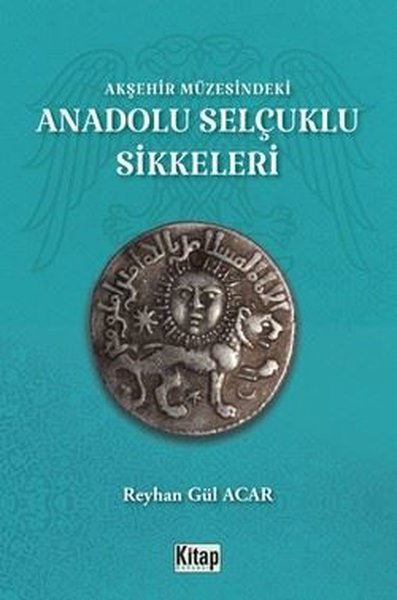
Reyhan Gül Acar, Akşehir Müzesindeki Anadolu Selçuklu SikkeleriIstanbul 2025ISBN 978-625-5940-65-0166 S./pp., zahlr. S/W-Abb./num. b/w-figs., 24 x 16 cm; broschiert/paperback

ETEOKPHTH – Eteokriti. Verein zur wissenschaftlichen Erforschung Kretas und der Ägäis (Hrsg.),ETEOKPHTIKA 8, 2023/2024Wien 2025ISBN 978-3-85161-326-158 S./pp., zahlr. Farb- und S/W-Abb./num. colour and b/w-figs., 29,7 x 21 cm; geheftet/stitched

Igor Borzić – Anamarija Eterović Borzić – Dinko Radić,Kopila. Grad mrtvih nad poljem Života / The city of the dead above the field of lifeSplit 2025ISBN 978-953-7633-53-0 96 S./pp., zahlr. Farbabb./num. colour figs., 27,5 x 21,5 cm; broschiert/softcover zweisprachig kroatisch - englisch / bilingual croatian - english An extraordinary collection of Hellenistic pottery has been discovered at the prehistoric necropolis of Kopila – vessels carefully placed alongside the deceased, always in the same positions, almost identical in shape and decoration. Guttoi. Skyphoi. Kantharoi. Repeated from grave to grave – like a ritual, like a vow, like a bridge. These vessels are not mere archaeological artefacts. They are objects of passage, soul guardians, silent witnesses to the belief that death is not the end. The pottery from Kopila speaks of an organised funerary system, of a community with clearly defined rituals and spiritual beliefs that transcend time and space. In its silence echoes a question for today’s observer: if we could carry something with us – one object, one thought, one value – what would it be?
![Kliškić, Damir : Dugiš, otok u rijeci vremena [= Dugiš, an island in the river of time] Kliškić, Damir : Dugiš, otok u rijeci vremena [= Dugiš, an island in the river of time]](https://phoibos.at/media/bb/99/6d/1754392213/978-953-7633-42-4.jpg?ts=1754392213)
Damir Kliškić,Dugiš, otok u rijeci vremena [= Dugiš, an island in the river of time. Life in Prehistory – a pile dwelling near Otok on the Cetina]Split 2024ISBN 978-953-7633-42-4 190 S./pp., zahlr. Farbabb./num. colour figs., 27 x 21 cm; broschiert/softcoverDie prähistorische Hüttensiedlung auf Dugiš in Otok bei Sinj wurde 1955–1956 vom Archäologischen Museum in Split untersucht. Es ist die einzige Hüttensiedlung in ganz Dalmatien, die bisher untersucht wurde. Dem gesammelten archäologischen Material zufolge weist dieser Standort eine Kontinuität des Lebens von der mittleren Bronzezeit (1700–1300 v. Chr.) bis in die Antike auf, wie Münzbeispiele aus dem 1.–5. Jahrhundert n. Chr. belegen. Das Hauptziel dieser Ausstellung ist es, der Öffentlichkeit eine sehr spezifische und bisher wenig bekannte Siedlungsform aus prähistorischer Zeit vorzustellen, nämlich die Hüttensiedlung, und zwar anhand eines Teils des ursprünglichen materiellen Erbes von der mittleren Bronzezeit bis zur frühen Eisenzeit. Die Ausstellung präsentiert zahlreiche Objekte aus Metall, Keramik, Knochen und Stein, die an verschiedene wirtschaftliche und soziale Aktivitäten im genannten Zeitraum erinnern. Neben den Originalen zeigt die Ausstellung 18 Kopien von Gefäßen, die nach 18 originalen Keramikobjekten von diesem Standort angefertigt wurden.
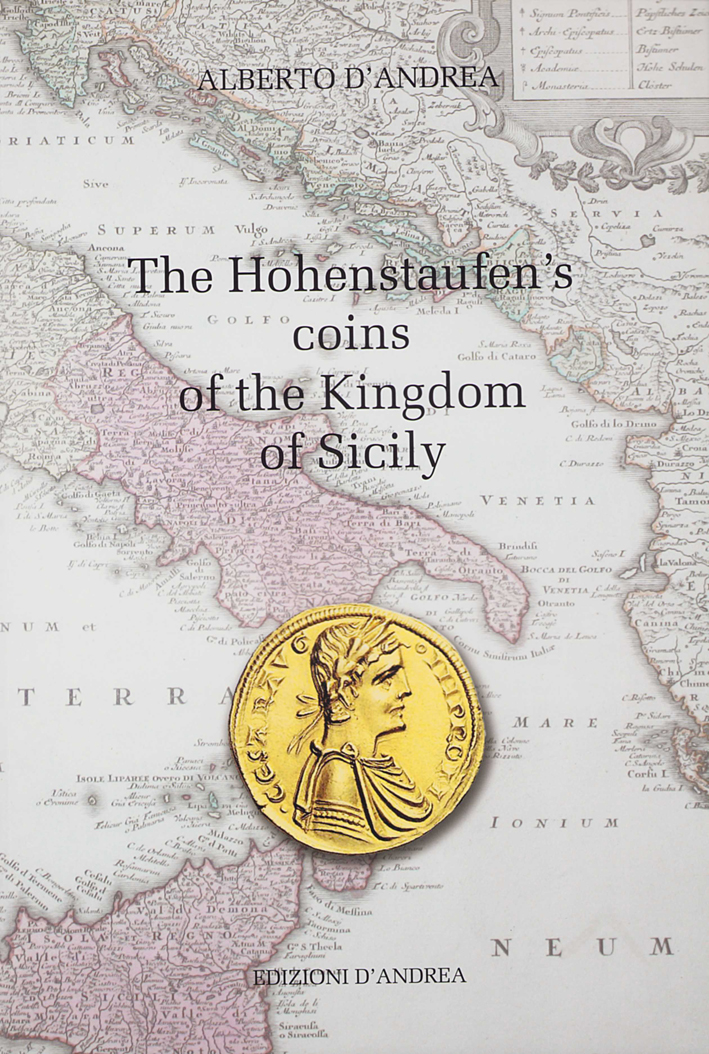
Alberto D'Andrea,The Hohenstaufen's coins of the Kingdom of SicilyRoseto degli Abruzzi 2013ISBN 978-88-98330-01-0112 S./pp., zahlr. SW- und Farbabb./num. colour and b/w-figs., 33 x 22 cm; broschiert/softcover

Ioannis M. Fountoulis,The Agiasma of Ayvalık Holy Water Sanctuary. Panagia Phaneromeni of Kydonies Istanbul 2024ISBN 978-975-6158-42-588 S./pp., zahlr. Farbabb./num. colour figs., 23,5 x 16 cm; broschiert/softcover

Barbara Borngässer,Translozierung. Über das Versetzen und Wiederverwenden von BauwerkenWien 2025ISBN 978-3-85161-323-0291 S./pp., zahlreiche Farb- u. SW-Abb./num. colour and b/w-figs., 17,7 x 25,0 cm; kartoniert/hardcover Kurzbeschreibung:Bauwerke gelten als ortsgebunden, unverrückbar. Wir sind gewohnt, Architektur als nicht transportabel wahrzunehmen. Aber wie kommt ein nubischer Tempel nach Madrid, ein südfranzösischer Kreuzgang nach New York, eine norwegische Stabkirche ins schlesische Riesengebirge? Warum und wie verschiebt man spätgotische Kirchen? Wohin mit nicht mehr gebrauchten Ausstellungspavillons? Und schließlich: Was bedeutet diese „Mobilisierung“ von Architektur für Baukunst und Stadtplanung? Das Buch bietet ein Panorama der über 2000-jährigen Geschichte der Translozierung, des Versetzens und Wiedernutzens von Bauwerken. Ausgehend vom Transport ägyptischer Obelisken handeln die Kapitel von den architektonischen Auswirkungen herrscherlicher Macht und romantischer Liebhaberei, schildern die spektakulären Umsetzungen infolge von Tagebau und Wasserwirtschaft und erörtern die museale Präsentation von Baukunst. Breiter Raum ist den Translozierungsverfahren gewidmet: Immer wieder erstaunt die technische Präzision und Logistik, mit der bereits in Antike und früher Neuzeit gearbeitet wurde. Von dort führt der Weg zu modernen Methoden, die Schienen und hydraulische Rollwagensysteme zum Transport von Architektur nutzen. Ein Ausblick führt letztlich in die Welt der Mobile-Homes und die Fiktion schwebender Städte. Zur Autorin Dr. Barbara Borngässer ist Kunsthistorikerin, Verfasserin und Herausgeberin zahlreicher Publikationen zur Architektur der Neuzeit, insbesondere in Spanien, Portugal und Brasilien. Seit Jahrzehnten arbeitet sie für internationale Künstlerlexika und Datenbanken. In ihren jüngsten Forschungen beschäftigt sie sich mit der weltweiten Neugotik im zeitgenössischen Kirchenbau.
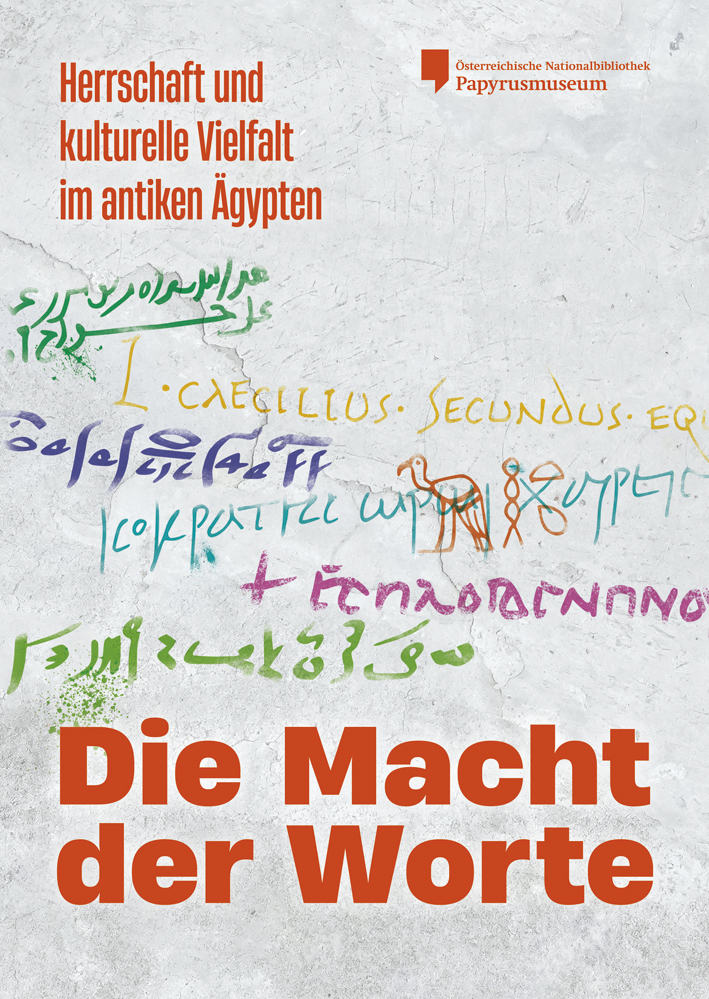
Bernhard Palme – Angelika Zdiarsky (Hrsg.),Die Macht der Worte. Herrschaft und kulturelle Vielfalt im antiken Ägypten(Nilus 29)Wien 2025ISBN 978-3-85161-324-7161 S./pp., zahlr. Farb- und S/W-Abb. / num. colour and b/w-figs., 24 x 17 cm; englisch Broschur / softcover Sprache ist die zentrale Ausdrucksform des Menschen, Schrift die wichtigste Kulturtechnik zur Kommunikation und Wissensvermittlung. Eine gemeinsame Sprache stiftet Identität und fördert Zusammengehörigkeit, Schrift verbreitet Gedanken und bewahrt ein kulturelles Gedächtnis. Die Ausstellung zum multilingualen Ägypten zeigt anhand zahlreicher Papyri die verschiedenen Sprachen, die von ca. 1500 v. Chr. bis 1000 n. Chr. im Land am Nil gesprochen und geschrieben wurden, sowie deren Einfluss auf Verwaltung, Kultur und Gesellschaft, wie etwa die Kommunikation zwischen Herrschern und Beherrschten oder die Rolle der Priester und Kulte bei der Bewahrung der religiösen Identität.
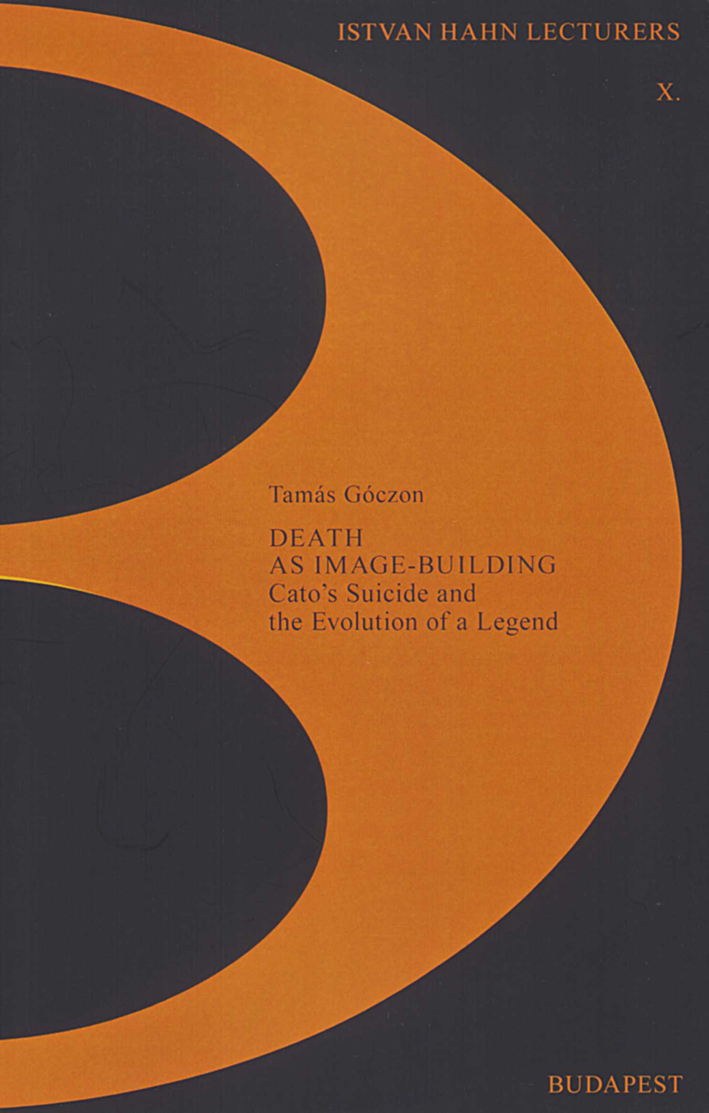
Tamás Góczon,Death as Image-Building.Cato's Suicide and the Evolution of a Legend(István Hahn Lecturers X)Budapest 2025ISBN 978-963-489-798-9ISSN 2061-7348132 S./pp., 20 x 13 cm; broschiert/softcover
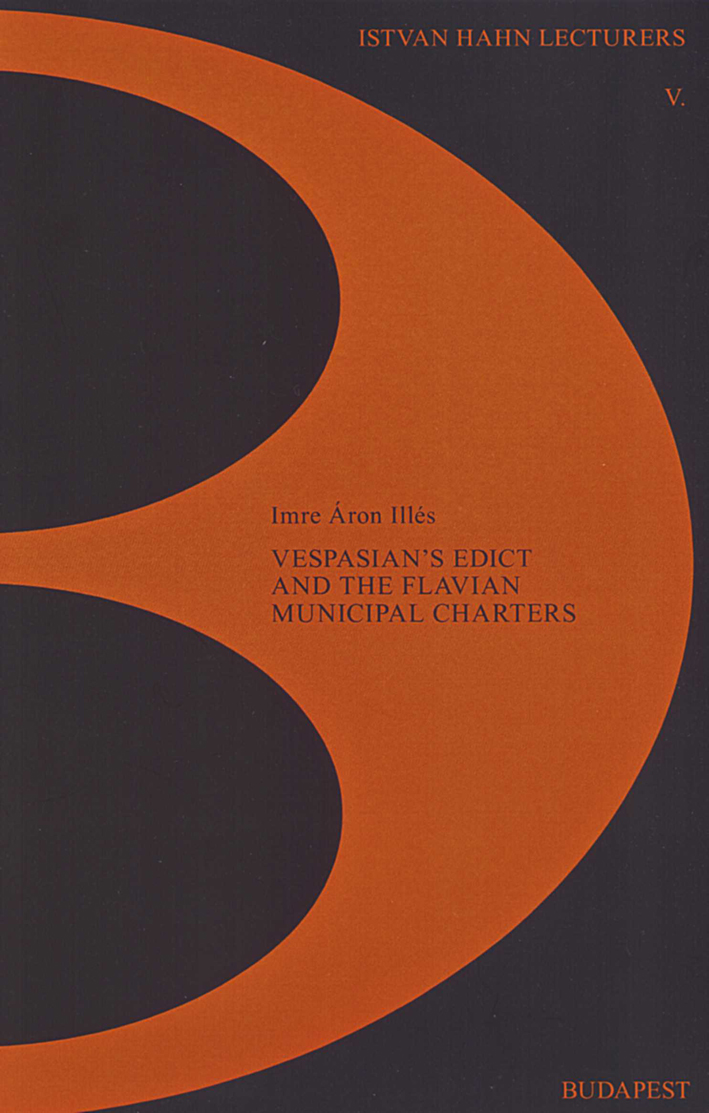
Imre Áron Illés, Vespasian's Edict and the Flavian Municipal Charters(István Hahn Lecturers V)Budapest 2016ISBN 978-963-284-769-6ISSN 2061-7348112 S./pp., 20 x 13 cm; broschiert/softcover

Повелителите на солта: Провадия-Солницата 5600 - 4350 г. пр. Хр.(National Archaeological Museum. Catalogues, volume 37)Sofia 2025ISBN 978-619-254-037-1 ISSN 2367-8860 200 S./pp., zahlr. Farbabb./num. colour figs., 25 x 22 cm; broschiert/softcover The exhibition catalogue presents over 530 finds discovered during the excavations of the salt-production and urban centre. The exhibits date from Late Prehistory, Late Hellenistic period and Antiquity.
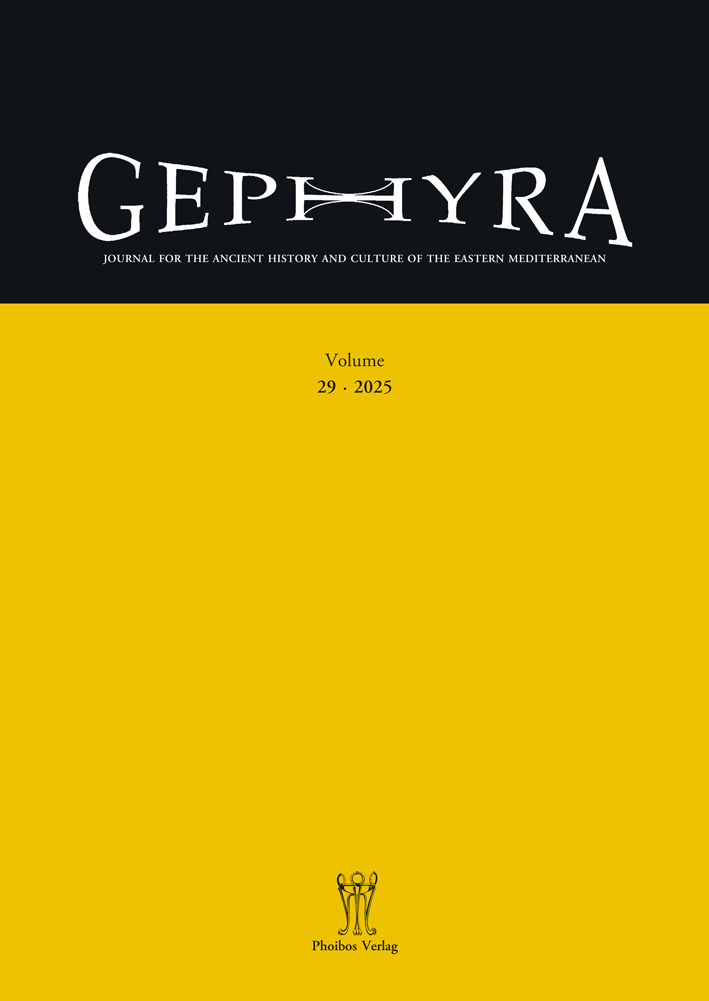
Gephyra 29, 2025Wien 2025ISBN 978-3-85161-325-4ISSN 1309-3924203 S./pp., zahlr. S/W-Abb./num. b/w-figs., 29,7 x 21 cm; broschiert/softcover

Acta Classica Mediterranea 7, 2024Istanbul 2024ISSN 2602-2451262 S./pp., S/W-Abb. / b/w-figs., 24 x 17 cm; broschiert/softcoverArtikel auf Englisch und Deutscharticles in english and german

Naturhistorisches Museum Wien (Hrsg.),Kalorësi i Babunjës: Die Reiterfigur von BabunjaWien 2025ISBN 978-3-903096-86-838 S./pp., zahlr. Farbabb./num. colour figs., 27 x 19 cm; broschiert/softcover zweisprachig albanisch - deutsch Bei diesem Objekt handelt es sich um eine herausragende Bronzestatuette eines einstmals bewaffneten Reiters auf einem Pferd. Der gesondert gearbeitete Helm, die zum Wurf erhobene Lanze und der Schild fehlen. Das Kunstwerk wurde in einer antiken Siedung bei Babunja nahe der antiken Stadt Apollonia in Illyrien, im heutigen Albanien, im Zuge der albanisch-deutschen Forschungsgrabungen 2018 entdeckt. Es wurde in einer griechischen Werkstatt in der spätarchaischen Zeit um 510−490 v. Chr. hergestellt und ist ein einzigartiges künstlerisches Meisterwerk der griechischen Bronzearbeit. Möglicherweise wurde die Bronzestatuette als Weihgabe von einem bzw. einer Angehörigen der einheimischen illyrischen Elite in einem Heiligtum geopfert. Auf jeden Fall zeigt das Kunstwerk, dass die illyrische Elite kostbare griechische Importarbeiten schätzte und sich mit griechischer Kunst, Lebensweise und dem griechischen Geistesleben auseinandersetzte.
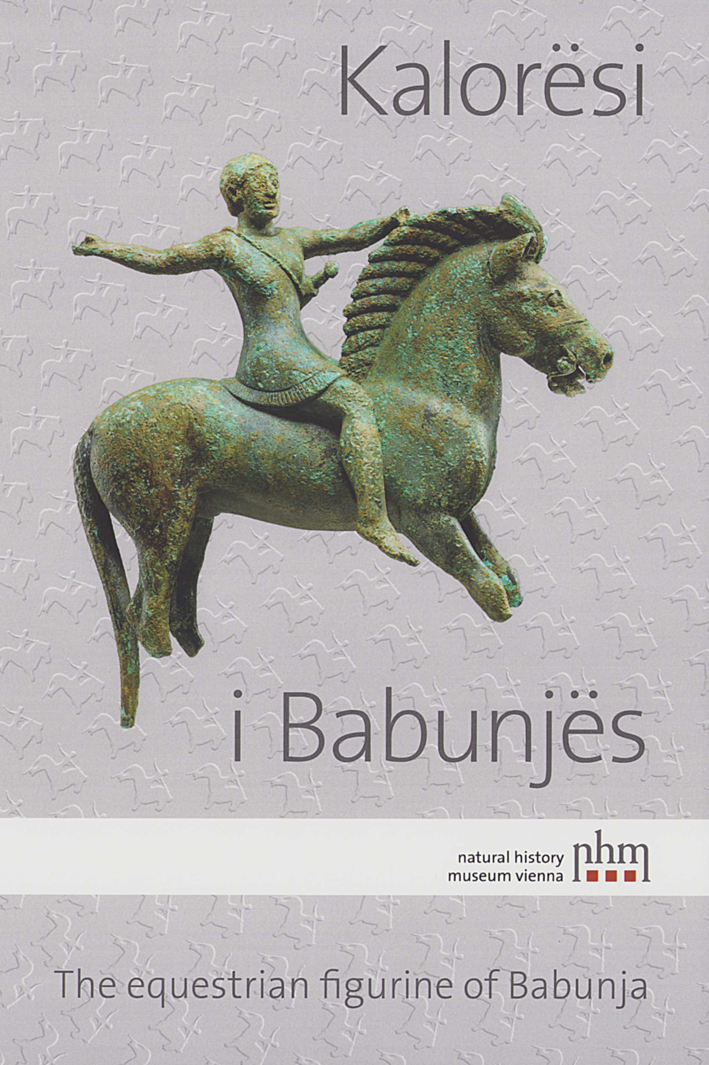
Natural History Museum Vienna (ed.),Kalorësi i Babunjës: The equestrian figurine of BabunjaWien 2025ISBN 978-3-903096-87-538 S./pp., zahlr. Farbabb./num. colour figs., 27 x 19 cm; broschiert/softcoverbilingual albanian - english This object is an outstanding bronze statuette of a once armed horseman on a horse. The separately crafted helmet, the lance raised for throwing and the shield are missing. The artwork was discovered in an ancient settlement near Babunja near the ancient city of Apollonia in Illyria, in present-day Albania, during the Albanian-German research excavations in 2018. It was made in a Greek workshop in the late Archaic period around 510-490 BC and is a unique artistic masterpiece of Greek bronze work. It is possible that the bronze statuette was sacrificed in a sanctuary as a votive offering by a member of the local Illyrian elite. In any case, the work of art shows that the Illyrian elite appreciated precious Greek imports and was interested in Greek art, lifestyle and intellectual life.
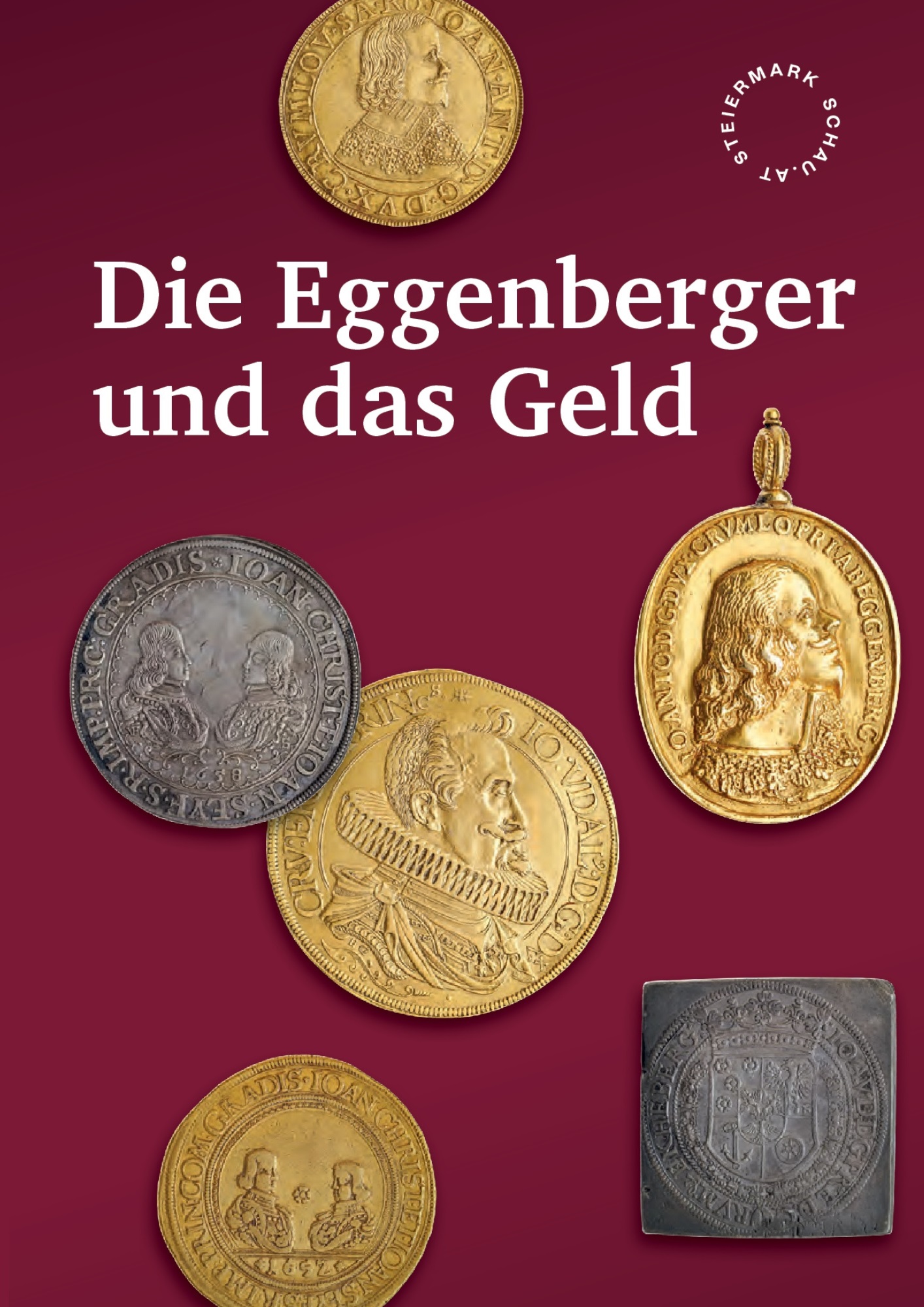
Karl Peitler – Marc Philipp Wahl,Die Eggenberger und das Geld(Begleitband zur Ausstellung im Rahmen der STEIERMARK SCHAU 2025 in Schloss Eggenberg, 26. April bis 2. November 2025)(Schild von Steier – Kleine Schriften 27)Graz 2025ISBN 978-3-903179-77-6175 S./pp., zahlr. Farbabb./num. colour figs., 23 x 16,5 cm; broschiert/softcoverDie Publikation beinhaltet Essays zu den Münzen und Medaillen der Familie Eggenberg und zu den Kippermünzen des Münzkabinetts des Universalmuseums Joanneum und bietet einen ausführlichen Katalogteil, in dem die in der Ausstellung gezeigten 284 Münzen und Medaillen aus dem Münzkabinett des Universalmuseums Joanneum in Wort und Bild erfasst sind. Er gliedert sich in vier Teile: 1. Münzen und Medaillen der Familie Eggenberg (Kat.-Nrn. 1- 46), 2. Reguläre Münzen der Kaiser Ferdinand II., Ferdinand III. und Leopold I. aus Münzstätten des österreichischen Reichskreises (Kat.-Nrn. 47-198), 3. Münzen der Kipperzeit aus Münzstätten des Heiligen Römischen Reiches (Kat.-Nrn. 199-277) und 4. Weitere Münzen und Medaillen (Kat.-Nrn. 278-284). Zur Ausstellung: Im Jahr 1625 gewährte Kaiser Ferdinand II. Hans Ulrich von Eggenberg und seinen Nachkommen das Privileg, Gold- und Silbermünzen mit ihren eigenen Bildnissen und Namen zu prägen. Knapp über 60 Jahre lang machten die Eggenberger von ihrem Prägerecht Gebrauch und stellten Dukaten, Taler, Gulden und Groschen her. Heute sind diese Münzen einzigartige Raritäten.Das Münzkabinett verfügt durch seine weit in das 19. Jahrhundert zurückreichende Sammlungshistorie über hervorragende Zeugnisse für die Prägetätigkeit der Eggenberger.In der Sonderausstellung werden Aufstieg, Glanz und Niedergang der Dynastie der Eggenberger anhand dieser Münzen dargestellt. Darüber hinaus werden Beispiele für die Vielfalt der Münzprägung im Heiligen Römischen Reich des 17. Jahrhunderts präsentiert.Es wird aber auch der geldgeschichtliche Hintergrund beleuchtet, als es am Beginn des Dreißigjährigen Krieges zum Zusammenbruch des Münzwesens kam und Kaiser Ferdinand II. eine Finanzkrise bewältigen musste, die einem Staatsbankrott gleichkam.Außerdem wird die Verbindung Hans Ulrichs von Eggenberg zum Netzwerk eines Konsortiums thematisiert, an das der Kaiser das Münzwesen in Böhmen, Mähren und Österreich verpachtete und das durch die Herstellung von schlechten Münzen hohe Gewinne erzielte.
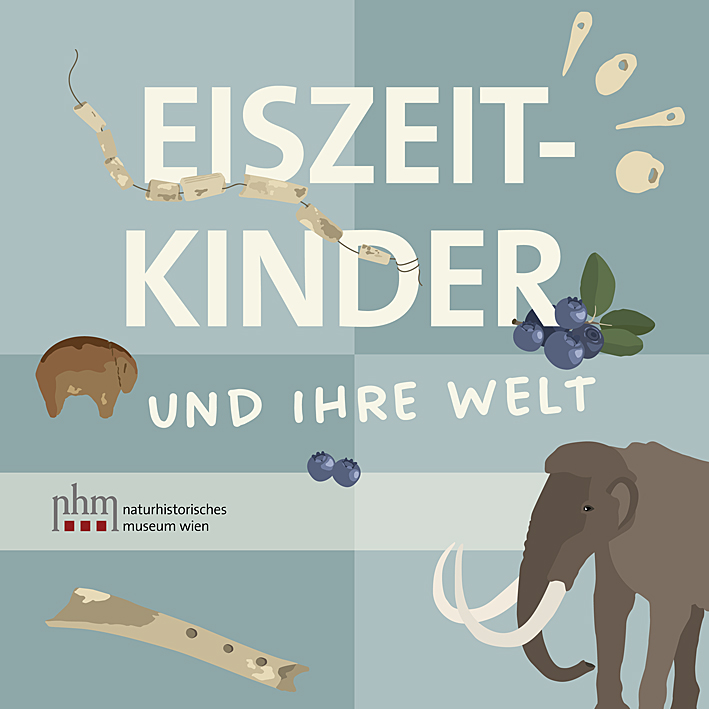
Caroline Posch – Mathias Harzhauser – Agnes Mair – Julia Landsiedl, Eiszeitkinder und ihre WeltWien 2025ISBN 978-3-903096-85-180 S./pp., zahlr. Farbabb./num. colour figs., 27 x 19 cm; broschiert/softcoverDie Eiszeit fasziniert: Sie weckt Gedanken an ikonische Eiszeittiere wie Mammut, Riesenhirsch oder Höhlenbär. Aber auch an von Menschen Geschaffenes wie die Höhlenmalereien in Spanien und Frankreich oder die Venus von Willendorf. Meist wird die Eiszeit als eine Welt der Erwachsenen geschildert; die eiszeitlichen Kinder werden oft vernachlässigt. In der Ausstellung „Eiszeitkinder und ihre Welt“ wird die Perspektive umgedreht und das Thema Eiszeit mit dem Erleben der Kinder verbunden. Der Eiszeit-Saal ist aber als Ort für alle Generationen konzipiert, an dem sich eiszeitliche Natur und Lebenswelt gemeinsam spielerisch entdecken lassen.
